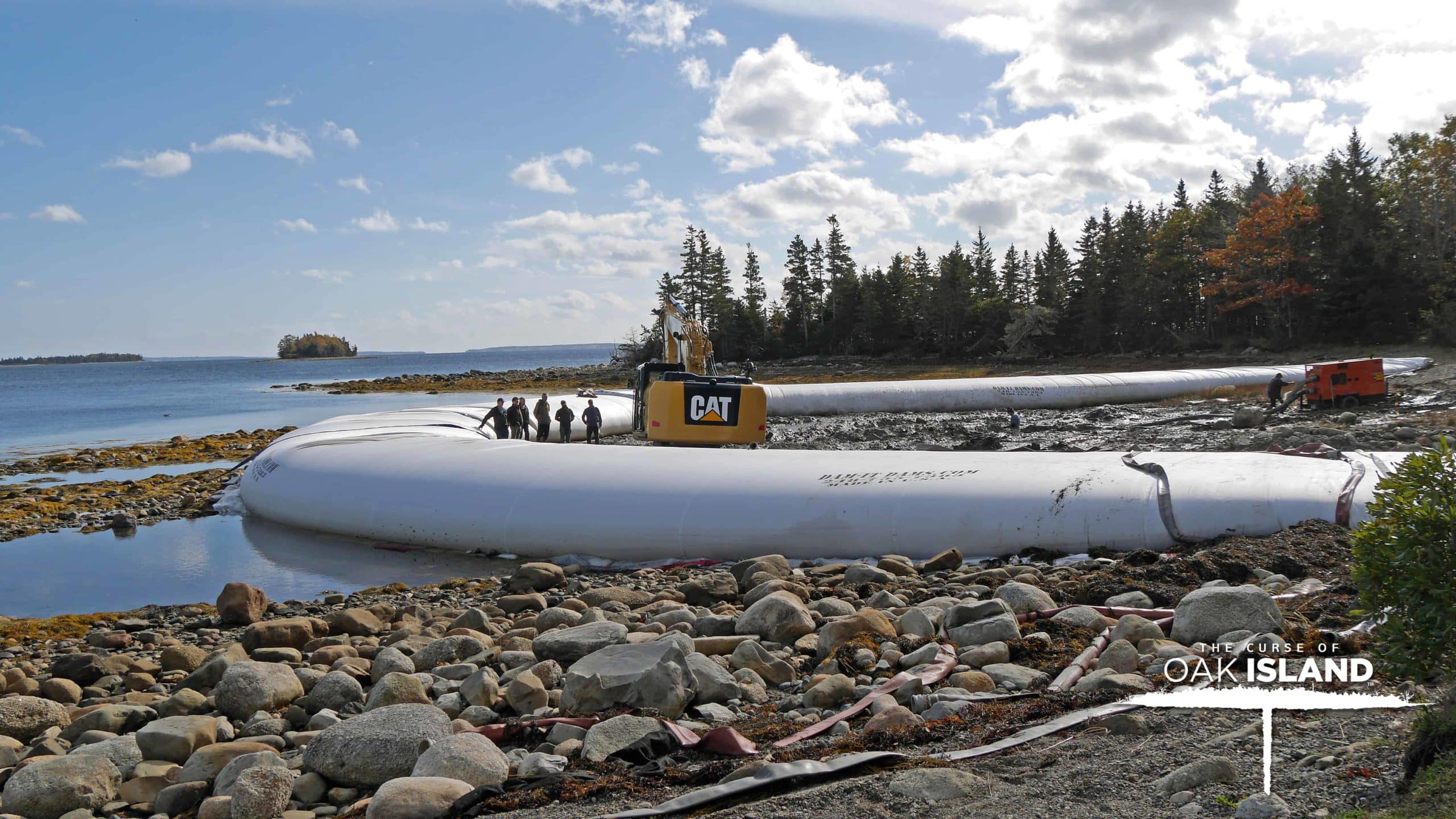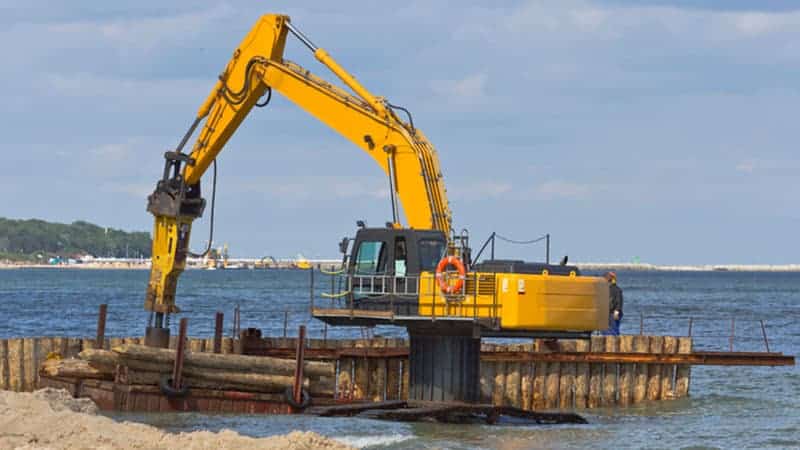It’s hard to understand construction when it happens beneath the surface of the water, basically because unless you go in the water yourself, you just cannot see what is going on. Most underwater construction occurs in dry working areas even if they are beneath the surface, and the device most commonly used to create a dry working area is a cofferdam.
Modern cofferdams need to be safe and secure, especially as underwater construction projects are becoming more and more complex, and more and more grand in scale.
Cofferdams are the Ideal Solution to the Issues of Underwater Construction
Despite these modern needs, the concept of the cofferdam has been around for centuries. Both the Ancient Persians and the Ancient Romans used cofferdams for construction projects for their growing and advancing populations. Traditional cofferdams have been around for over one hundred years and are usually constructed using steel, as the use of steel guarantees the required strength needed to withstand the pressure of large amounts of water.
Modern cofferdams are much more complex, as is necessary. The traditional method of construction is to drive steel sheets into the water bed and then add more pieces to create an interlocking design. There is a tricky balance – the sheets must be driven in far enough to create the necessary barrier, not so far that they are impossible to remove once the underwater construction project has been completed.
Traditional cofferdams are very expensive. Not only is there the cost of the materials and labor, there are additional cost aspects that need to be factored in. For example, powerful tools are needed to hammer the steel sheets into the ground, and even more powerful tools are required to remove them.
Traditional Cofferdams are Fine, but Now There Exists a Much Better Solution
These traditional cofferdams now have a contemporary rival – the water-filled cofferdam. Matching steel for strength, such cofferdams are made from resilient, impenetrable materials that are then pumped full of water. It’s the perfect solution – the water pressure inside the cofferdam repels the water pressure of the external water sources.
Such cofferdams are much more cost-effective than steel-driven cofferdams. What’s more, they are much kinder to the environment (as they are reusable) and do not cause lasting damage to the area in which they are used.
If you would like to know more about cofferdams, then do not hesitate to contact us here at Dam-It-Dams. Give us a call at 1-810-695-1695 or contact us online here.


